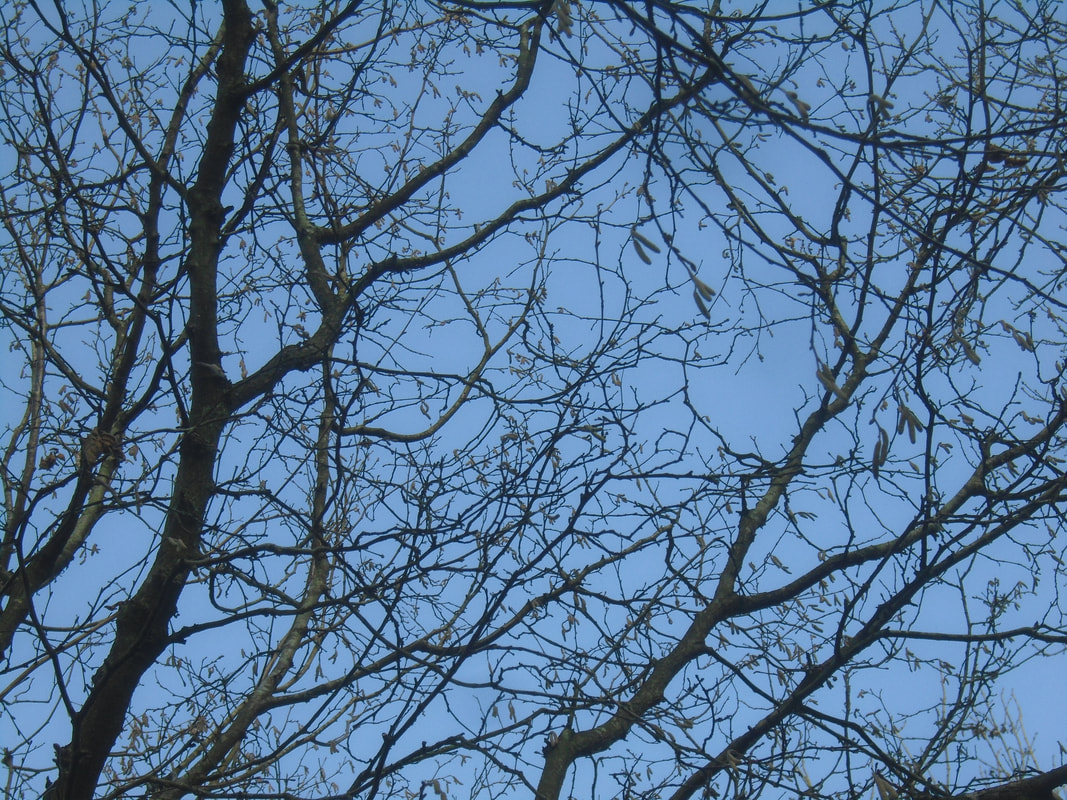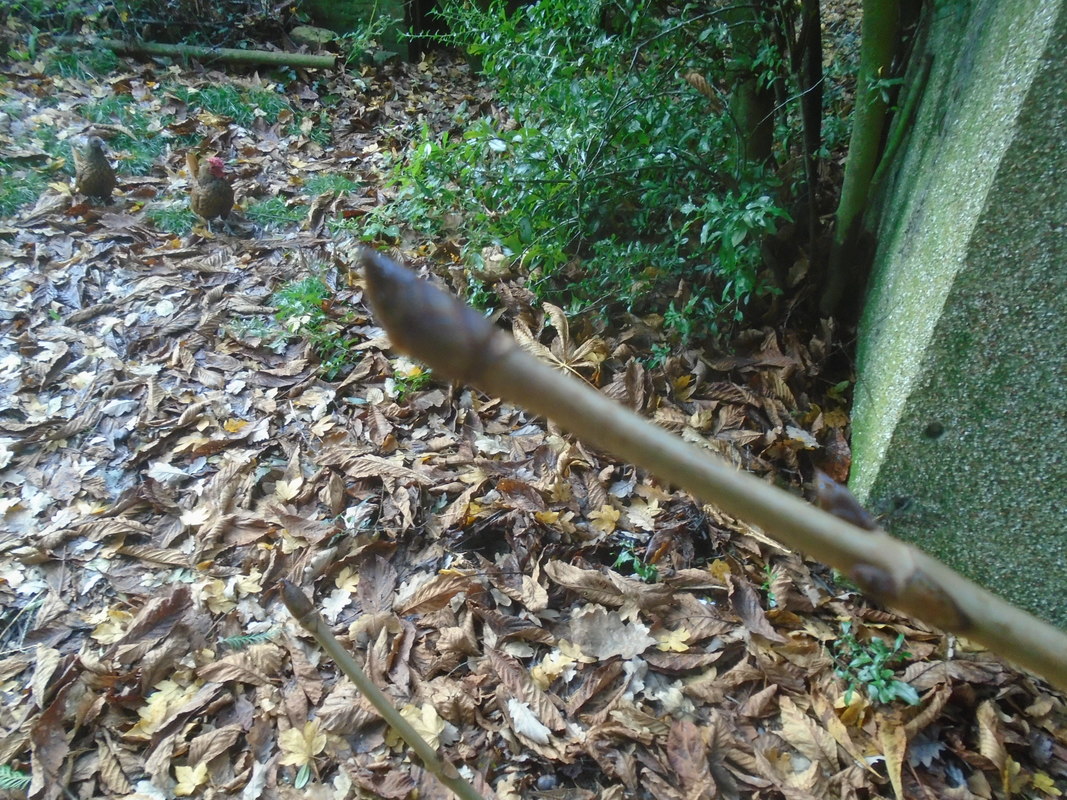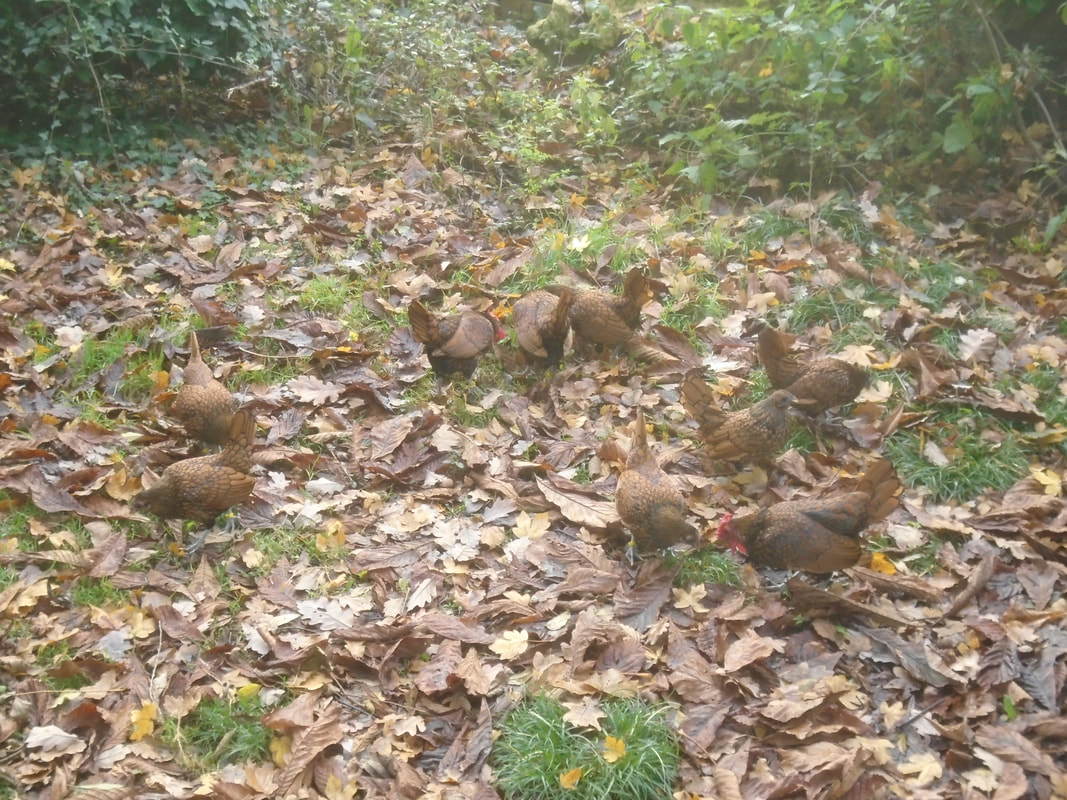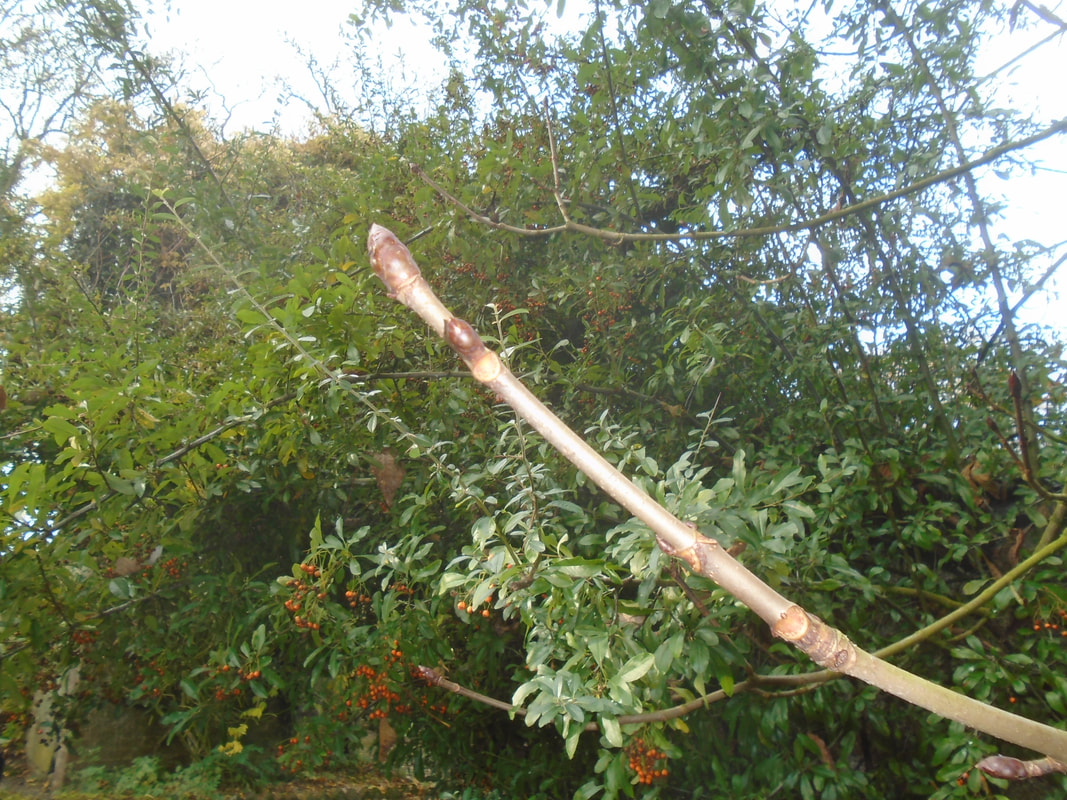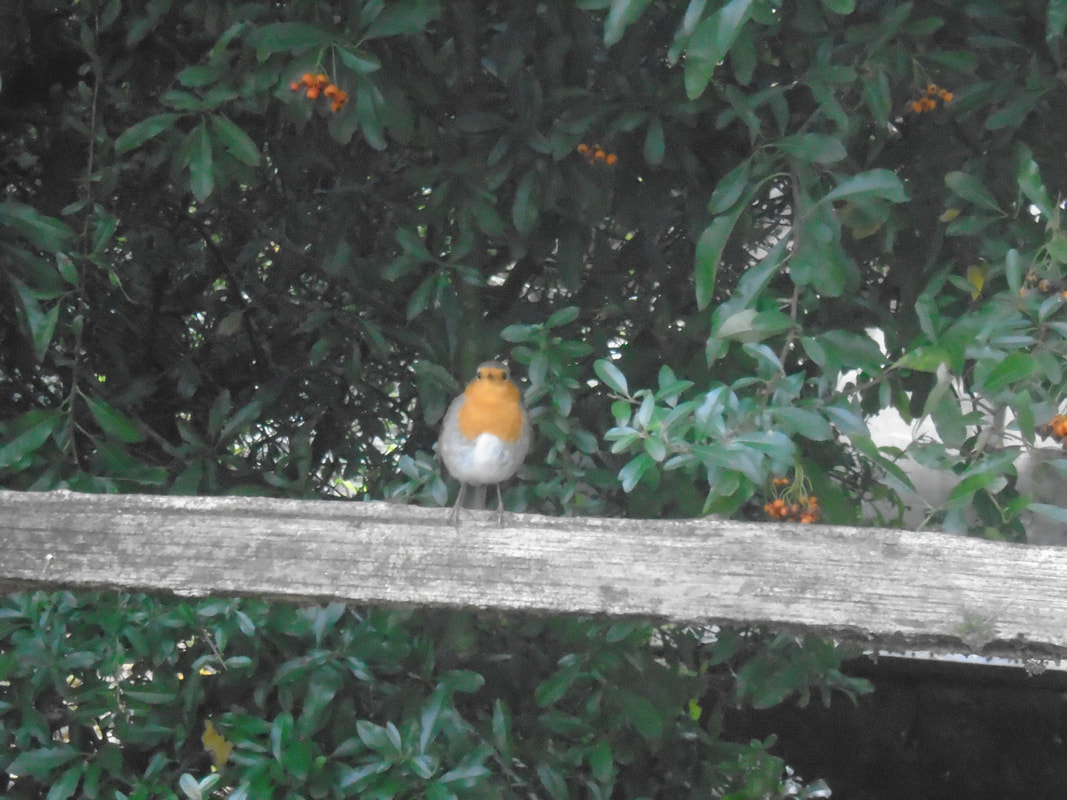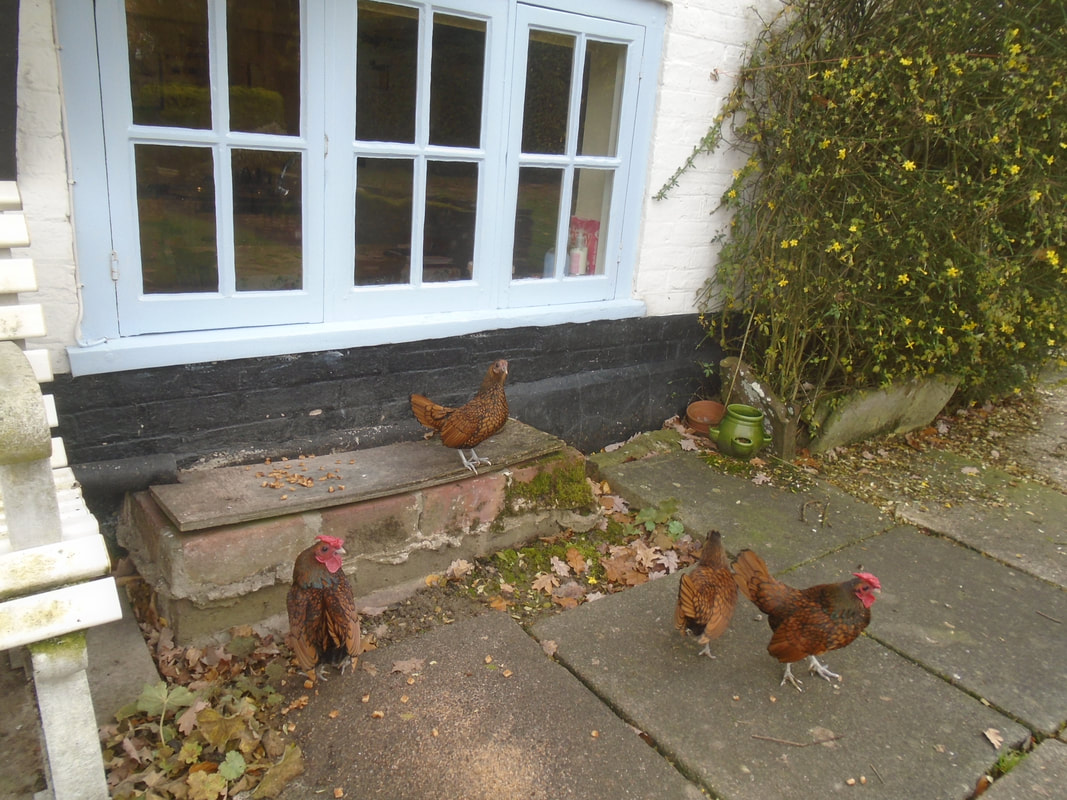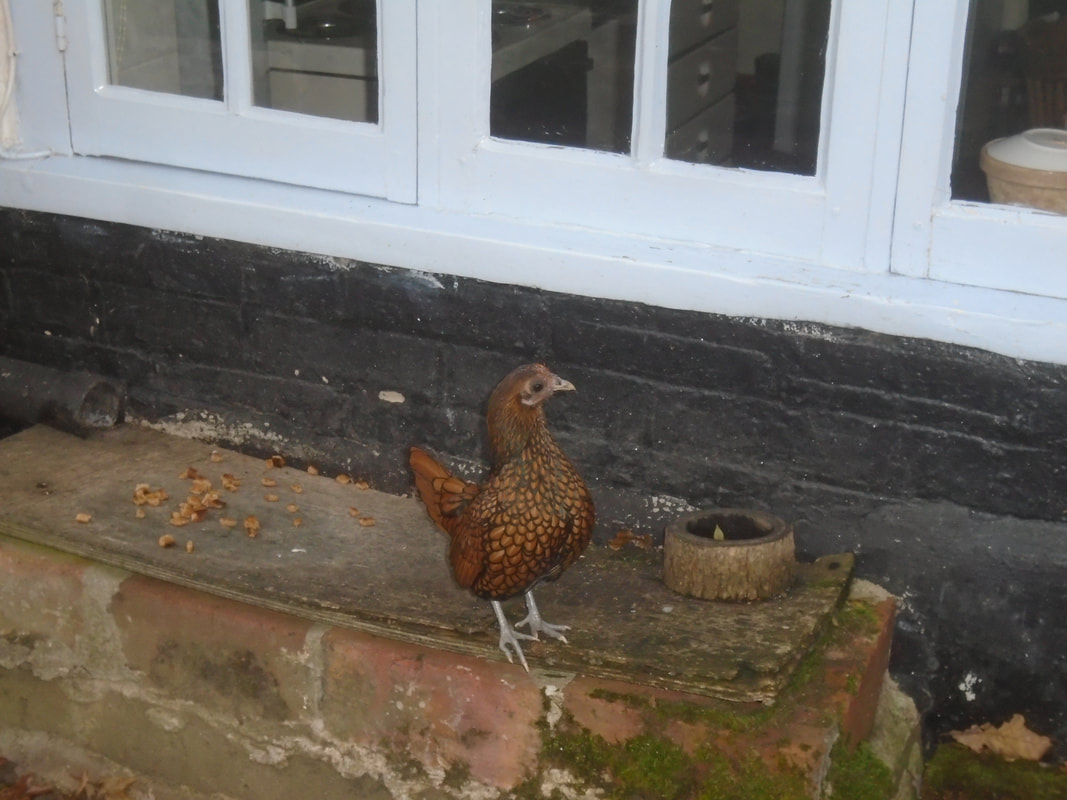I nodded in agreement. It has turned cold and their supply of bugs, berries and insects have become scarce.
"In 'The Country Diary of an Edwardian Lady' at the beginning of December in 1906, Edith Holden wrote:
'[1st December] For many weeks past the birds have been coming to be fed in the mornings. Today I put out a cocoa-nut, to the great joy of all the Tom-tits, numbers of them were pecking away at it all through the day - mostly Blue-tits.
[7th December] Crowds of birds came to be fed this morning. There were great battles among the Tits over the cocoa-nut, and once a robin got right into it and refused to let the Tits approach, until he had had all he wanted. I don't think the Robins really care for cocoa-nut; but they don't like to see the Tits enjoying anything, without claiming a share.'
Very little has changed in 111 years then Gordon - only the spelling of coconut possibly!"
